 Way up north in the upper left hand corner of the U.S., wild and dramatic North Cascades National Park bumps up against the Canadian border in northern Washington. It's one of the largest wilderness parks in the U.S. but one of the least visited.
Way up north in the upper left hand corner of the U.S., wild and dramatic North Cascades National Park bumps up against the Canadian border in northern Washington. It's one of the largest wilderness parks in the U.S. but one of the least visited. Lucky for us.
However, the trail to Cascade Pass and up Sahale Arm is the most heavily used in the park, for good reason. Before you even hit the trail at the end of Cascade River Road, the scenery is spectacular, with jagged, glacial-scoured peaks thrusting straight up to the sky just beyond the parking lot.
I'm lucky to be hiking up the trail towards Sahale Arm with park trail crew leader Luke Daquila, who's going to show me recent trail repairs and where more are planned for the summer ahead. (See the blog post about this at the Washington's National Park Fund website.)
On this absolutely brilliant bluebird day, which happens to be a weekday, the parking lot is pretty empty. Expect overflow parking on summer weekends.
I follow Luke up the trail, which for most of the way up to Cascade Pass switchbacks at a relatively mellow grade through scrubby forest with peek-a-boo views of the surrounding peaks.
 |
| A lot of this... |
He has counted 37 switchbacks up to the pass ("...or maybe it's 34," he reconsiders). Nevertheless, most of the 1,700 foot elevation gain to Cascade Pass is up easy switchbacks, with views like this as you get close to the pass:
As we're emerging out of the forest, Luke spots a marmot on the trail just ahead. "He's an old guy," he notes as it scampers off the trail at our approach.
And then the gorgeousness amps up several notches on the last stretch before the pass. We cross one short (30 yards?) section of lingering snow with a long runout. I pull out my trekking poles for this, although I don't bother on the way back down.
Of course the view from "the patio" at Cascade Pass is stunning today, where a couple hikers are taking a break when we show up. Here at the pass junction you can hike several directions: eastward and down into Pelton Basin towards Stehekin on the northern end of Lake Chelan, south on the Ptarmigan Traverse, or northish up to Sahale Arm.
Our goal today is to assess last season's repairs on the trail above Cascade Pass up towards Sahale Arm and look at trail that will be repaired this summer. So onward we hike up into the gorgeous alpine meadows and scree, crossing a few patches of remnant snow. [Note: Snow conditions this year in mid-June are comparable to at least a month or more later in most prior years.]
Luke points out some areas they reconstructed last summer as well as some areas that need more work this year. Their goal is 18-inch-wide trails with "gutters" (small ditches) in steeper areas where water now runs directly down the trail and causes hikers to veer off trail to avoid the water. Erosion and meadow damage ensues.
After hiking 3/4 mile from the pass, we top out at the junction to Doubtful Lake. Above and ahead of us 8,680-foot-high Sahale Mountain (or Peak) looms, still laced with snow.
Of course the views on a day like today are especially ahhhhsome. Occasionally I hear a big WHUMPF!, which Luke tells me is the hanging glaciers calving ("shedding" pieces). In the 6 years he has worked in the park, Luke has seen a rapid receding of the North Cascades' many glaciers.
 |
| Looking eastward toward Goode Mountain and other peaks. |
"That's a really big rack for this early in the season!" he exclaims.
A few backpackers and hikers are heading up as we're descending, but overall trail traffic is pretty light today.
We have a little excitement when we meet a blue grouse hen fiercely guarding her tiny brood next to the trail about 3/4 of the way down. Luke stands back, talking to her and trying to get her to move away, but she doesn't back down. We both give her a wide berth by detouring behind a big stump off the trail, where I flail a bit in the thick underbrush and have to ask Luke to pull me back up onto the trail.
 |
| Descending below Cascade Pass. |
You can contribute to this trail restoration project, which will extend beyond this year, by donating to the Washington's National Park Fund.
Happy trails and thanks for visiting Pacific Northwest Seasons!
In between blog posts, visit Pacific NW Seasons on FaceBook, Twitter, and Instagram for more Northwest photos and outdoors news.
Special thanks to North Cascades National Park, North Cascades Institute Environmental Learning Center where I stayed the night before the hike, Washington's National Park Fund, and especially North Cascades trail crew leader Luke Daquila.
When You Go
Reach Cascade Pass trailhead by driving 23 miles up the Cascade River Road from Marblemount off Highway 20. (Marblemount is about 2 hours drive from the Seattle area.) The first 10 miles are paved, then it's dirt/gravel. RVs are not recommended up there. Although this is in national park, there is no entry fee for North Cascades (such a deal!).
Elevation ranges from 3,660 feet above sea level at the trailhead up to about 5,400 feet at Cascade Pass. I'm not sure of the elevation at the Doubtful Lake junction, but it you continue up to the Sahale Glacier camp, it's another 2,200+ foot gain in elevation from Cascade Pass. To Cascade Pass and back, it's about 7.4 miles. Overall to the junction and back we hiked just under 9 miles.

















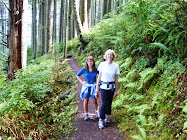

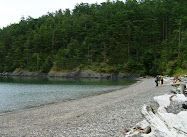
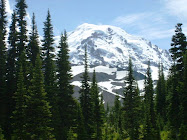



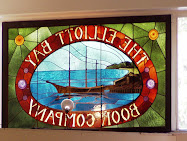
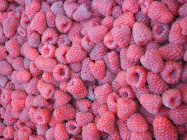
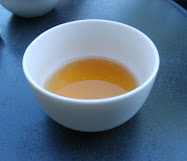
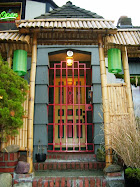


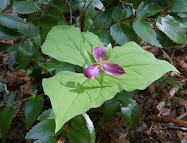

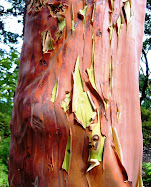

2 comments:
Ahhh, love! This might be my favorite hike in the Cascades, although it is always hard to pick a favorite! Ok, so definitely in my top five! Thanks for bringing attention to the National Park Fund. I haven't heard of them but I will certainly check them out now. Lovely photos as always. :)
Ah Suezy. Wonderful memories you'll always treasure.
Thanks Ashley! Yes, Cascade Pass is always stunning if you can miss the black flies. :)
Post a Comment